Embark on a journey of inspirational garden landscaping with our beginner-friendly guide. Transform your outdoor space into a captivating haven with practical advice and creative landscaping ideas. Discover the secrets to creating a thriving, beautiful garden, regardless of your experience level. Learn about garden design principles, plant selection, and budget-friendly landscaping techniques to achieve your dream outdoor oasis. This comprehensive guide provides essential landscaping tips for beginners, empowering you to create a remarkable and inspiring garden.
Stepping Stone Pathways
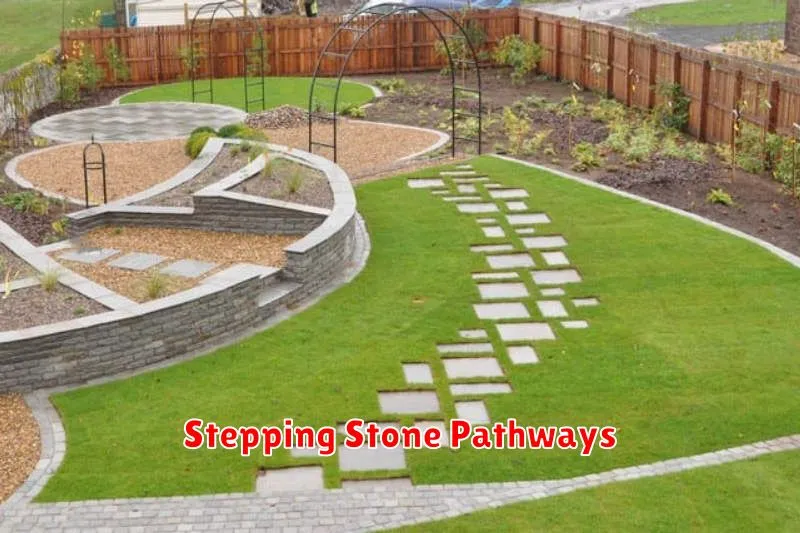
Stepping stone pathways offer a charming and practical addition to any garden. They provide a defined route through planting beds, minimizing soil compaction and the wear and tear on grass. Budget-friendly and easy to install, they are an ideal choice for beginner landscapers. Materials are readily available, including natural stones, pavers, or even reclaimed materials like bricks.
The design possibilities are vast. Paths can be straight, winding, or even follow the contours of the garden. Consider the overall garden style and choose materials that complement the existing landscape. Spacing between stones should be consistent and appropriate for comfortable foot placement. Planting low-growing ground cover between the stones can enhance the pathway’s aesthetic appeal.
Beyond their functional purpose, stepping stone paths add a unique character to your garden. They invite exploration and create intimate spaces for relaxation or contemplation. The versatility of stepping stones allows for easy customization and allows for changes to the design as your gardening skills and aesthetic preferences evolve. With a little planning and creativity, you can easily create a stunning and functional stepping stone pathway.
Raised Herb Gardens
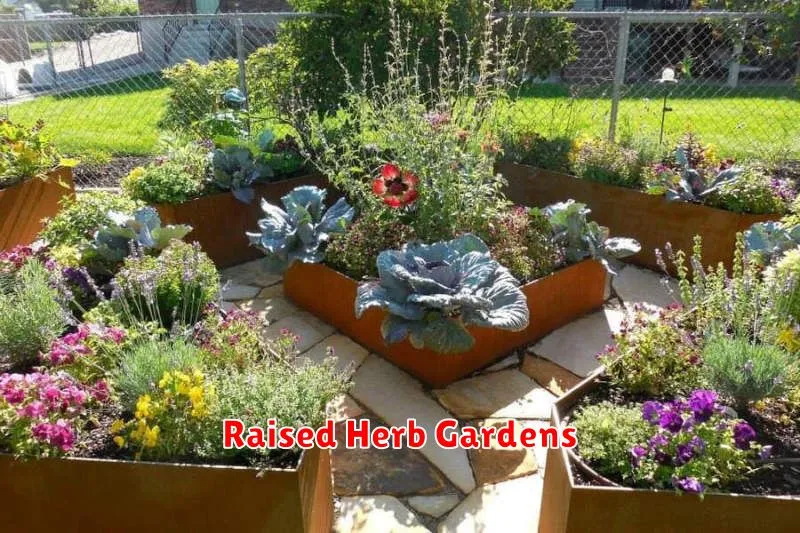
Raised herb gardens offer numerous advantages for beginner gardeners. They provide excellent drainage, crucial for many herbs that dislike soggy soil. The contained environment allows for better control over soil composition, ensuring the optimal balance of nutrients for healthy growth. Ease of access is another key benefit, making harvesting and maintenance significantly simpler.
Construction is surprisingly straightforward. Simple structures can be built from readily available materials such as recycled wood, bricks, or even large containers. The height of the raised bed should be considered; a height of 12-18 inches is typically ideal for comfortable access and sufficient soil depth. Proper soil preparation is paramount; a well-draining potting mix enriched with compost is recommended.
Careful herb selection is important. Consider the sun and water requirements of your chosen herbs to ensure they thrive in your raised garden. Grouping herbs with similar needs will simplify care and optimize growth. Regular watering and occasional fertilizing will maintain the health and vigor of your herb garden, offering a bountiful harvest for culinary use.
Decorative Water Features
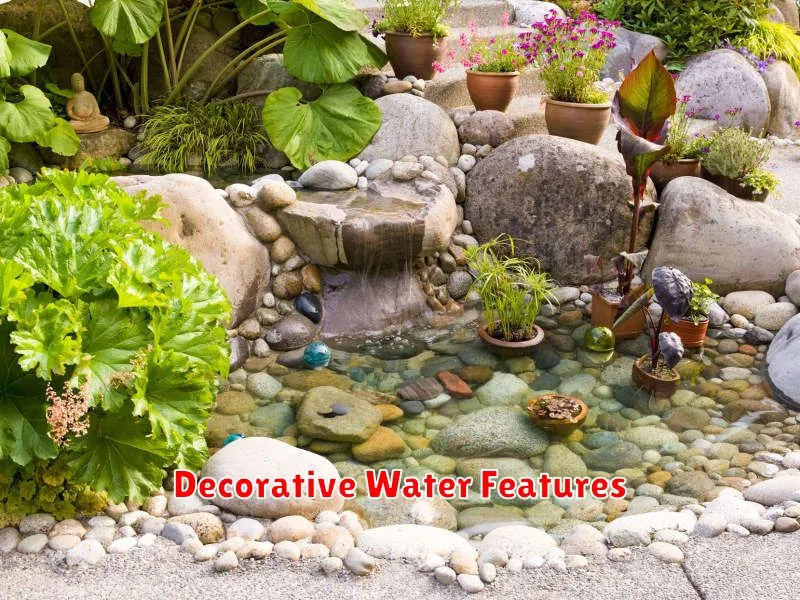
Adding a decorative water feature can significantly elevate the aesthetic appeal of any garden. The gentle sound of flowing water creates a serene atmosphere, transforming your outdoor space into a tranquil oasis. Options range from simple pondless waterfalls to elaborate koi ponds, allowing for customization to suit your garden’s size and style. Consider factors such as maintenance requirements and water source when making your selection.
Fountains, whether freestanding or integrated into a wall, offer another elegant option. They come in a variety of shapes, sizes, and materials, providing versatility in design. The size and placement of the fountain should be carefully considered to complement the overall garden layout and avoid overwhelming the space. Choosing a fountain with appropriate lighting can enhance its beauty, particularly during evening hours.
Beyond the aesthetic benefits, water features also offer practical advantages. The movement of water helps to deter mosquitoes, and the sound of flowing water can mask unwanted noise. Remember to prioritize safety when installing any water feature, particularly if children or pets are present. Proper installation and regular maintenance will ensure your decorative water feature remains a beautiful and functional addition to your garden for years to come.
DIY Garden Borders

Creating DIY garden borders is a cost-effective and rewarding way to enhance your landscape. Simple materials like recycled bricks, stacked stones, or even repurposed lumber can be used to define garden beds and walkways. The design possibilities are vast, allowing you to personalize your garden’s aesthetic and functionality.
Before starting, carefully plan your border’s design and measure the area requiring edging. Consider the height and material you’ll use, ensuring they complement your existing landscape. Proper preparation, including clearing weeds and leveling the ground, is crucial for a successful and long-lasting border.
With a little creativity and effort, you can easily transform your garden with attractive and functional DIY borders. Regular maintenance, such as weed removal and occasional repairs, will help preserve the integrity and beauty of your handcrafted garden edges.
Pergola with Hanging Plants
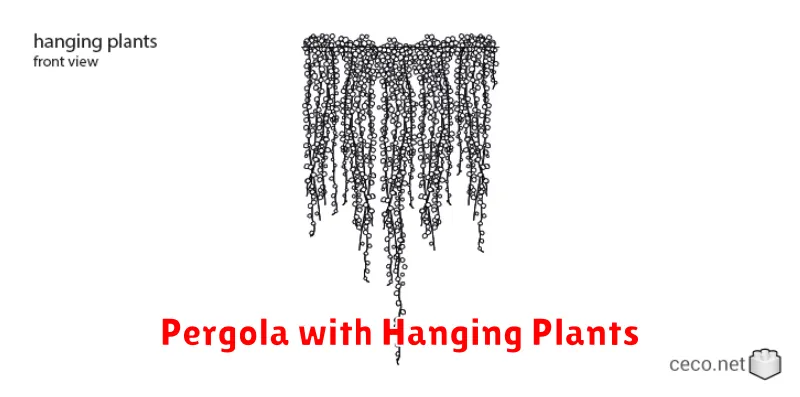
A pergola offers a simple yet elegant way to enhance your garden’s aesthetic appeal. Its structure provides a framework for climbing plants, but also serves as a stunning backdrop when paired with hanging plants. The combination creates a visually rich and inviting space, ideal for relaxation or entertaining.
Consider the size and placement of your pergola carefully. A smaller pergola can be a charming focal point in a compact garden, while a larger one can define a significant area. Choose a location that receives adequate sunlight for your chosen plants, bearing in mind that the pergola’s shade can impact sunlight exposure.
Select hanging plants that complement the style of your garden and the pergola’s design. Vining plants like clematis or passionflower can climb the pergola’s structure, while trailing plants such as petunias or lobelia can cascade from hanging baskets. Variety in plant types and colors will further enhance the overall visual impact.
Solar Lantern Path Lights

Solar lantern path lights offer a charming and practical solution for illuminating garden pathways. These lights harness the power of the sun, eliminating the need for wiring and reducing energy costs. Their soft, ambient glow creates a welcoming atmosphere, enhancing the beauty of your garden, especially during evening hours. They are also a safe and convenient option, as they pose no tripping hazards like traditional electric lighting.
The installation of solar path lights is remarkably straightforward. Simply stake them into the ground along your desired pathway. No electrical expertise is required, making them ideal for beginner landscapers. Many models offer adjustable brightness levels and various styles to complement any garden aesthetic. Choose from materials such as metal, glass, or plastic, each offering a unique visual appeal.
Consider the placement and spacing of your solar lantern path lights carefully for optimal illumination. Ensure the lights receive ample sunlight during the day to maximize their charging capabilities. Strategic positioning along winding paths or near focal points in your garden will create a truly magical and inviting nighttime ambiance. They provide both functionality and beauty, making them a valuable addition to any garden design.
Natural Rock Features

Incorporating natural rock features adds a unique and visually appealing element to any garden. Rocks provide a sense of permanence and grounding, contrasting beautifully with softer plants and landscaping elements. Consider using different sizes and types of rocks to create texture and visual interest. Placement is key; strategically positioned boulders can define spaces, create focal points, or serve as a backdrop for planting.
Types of rock to consider include river rocks for pathways or water features, larger boulders for dramatic statements, or flagstone for creating stepping stones or retaining walls. The color and texture of the rocks should complement the overall garden design and the existing plant palette. Remember to consider the scale of the rocks in relation to the size of your garden to avoid an overwhelming effect.
Beyond aesthetics, rocks also offer practical benefits. They can help control erosion on slopes, suppress weeds, and provide excellent drainage. With careful planning and thoughtful placement, natural rock features can transform a basic garden design into a stunning and functional landscape.
Upcycled Wooden Fences

Upcycled wooden fences offer a charming and sustainable solution for garden landscaping. Instead of purchasing new materials, repurpose old pallets, reclaimed lumber, or even salvaged fencing to create unique and aesthetically pleasing boundaries. This eco-friendly approach reduces waste and adds character to your outdoor space.
Consider the height and style of your fence to complement your garden’s overall design. Vertical planks create a modern aesthetic, while horizontal arrangements offer a more rustic feel. You can stain, paint, or leave the wood natural, depending on your preferences and the existing garden palette. The process allows for significant creative freedom.
Beyond their functional purpose, upcycled wooden fences can integrate seamlessly with other garden features. They can serve as trellises for climbing plants, provide privacy screens, or even become decorative elements by incorporating built-in planters or decorative accents. The versatility of this material makes it an ideal choice for beginner landscapers.
Climbing Plant Trellises
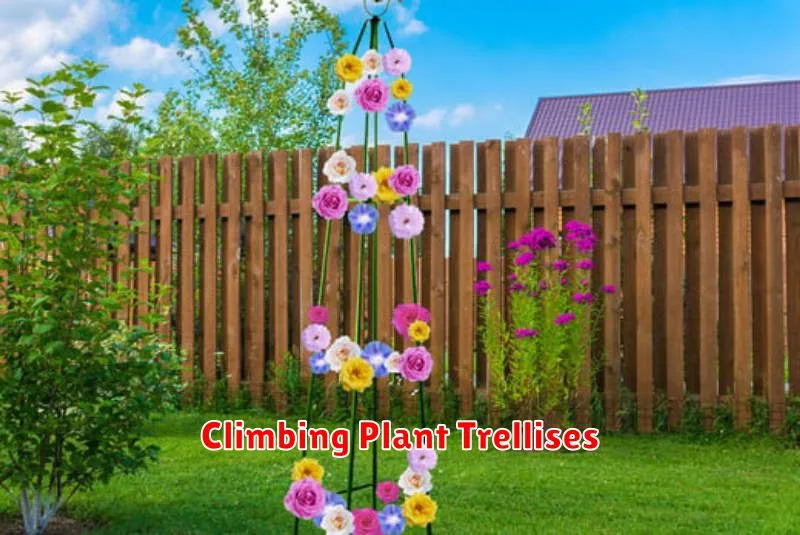
Climbing plant trellises offer a versatile and aesthetically pleasing solution for enhancing your garden’s vertical space. They provide support for climbing plants such as roses, clematis, and honeysuckle, allowing them to grow upwards instead of sprawling across the ground. This not only maximizes space but also creates a visually striking focal point in your garden design. The choice of trellis material, whether it’s wood, metal, or plastic, depends on your personal preference and the overall style of your garden.
The design and placement of trellises are crucial for their effectiveness. Consider the size and growth habit of your chosen plants when selecting a trellis. A sturdy structure is essential to support the weight of mature plants, preventing damage and ensuring long-term success. Strategically positioning trellises near walls, fences, or other structures can create a seamless and unified look, maximizing the visual impact of both the trellis and the climbing plants.
Beyond the purely aesthetic benefits, trellises contribute to a healthier garden. They improve air circulation around the plants, reducing the risk of fungal diseases and pests. Furthermore, the vertical growth supported by trellises maximizes sunlight exposure for the plants, promoting healthy growth and abundant blooms. Properly used, trellises can dramatically improve the overall health and beauty of your climbing plants.
Eco-Friendly Compost Bins
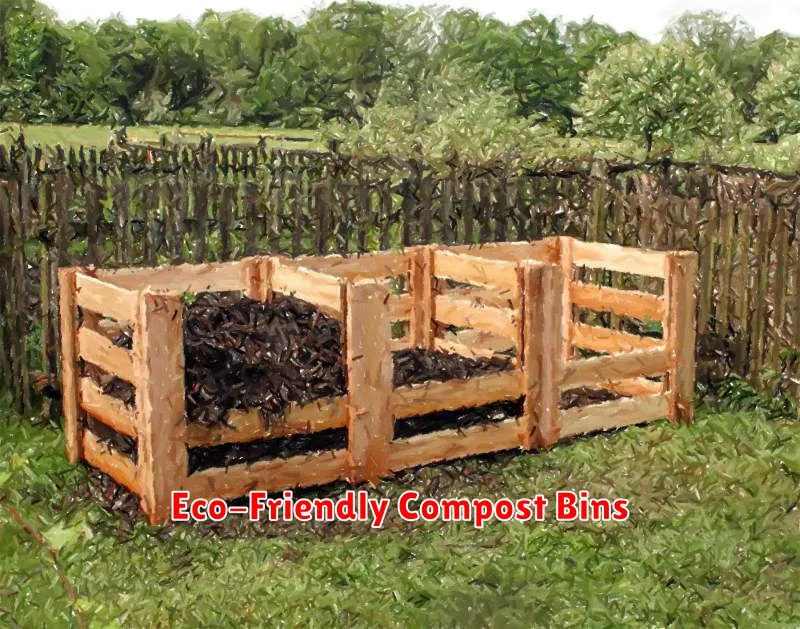
Composting is a crucial element of eco-friendly gardening. Eco-friendly compost bins offer a sustainable way to manage garden waste, reducing landfill burden and creating nutrient-rich soil amendment. Options range from simple, DIY designs using readily available materials like pallets or wire mesh to more sophisticated, commercially available bins constructed from recycled or sustainable materials.
When choosing a bin, consider its size and material. Size should accommodate your garden waste output. Material selection influences durability, aesthetics, and decomposition rate. Wood, plastic, and metal are common materials; each presents distinct advantages and disadvantages regarding longevity, cost, and ease of assembly.
Proper composting techniques are essential for success. Maintaining a balance of “greens” (nitrogen-rich materials like grass clippings) and “browns” (carbon-rich materials like dried leaves) is vital for efficient decomposition. Regular turning of the compost also aids the process, ensuring proper aeration and preventing unpleasant odors. A well-maintained compost bin provides a valuable resource for your garden, minimizing waste and enriching the soil naturally.

